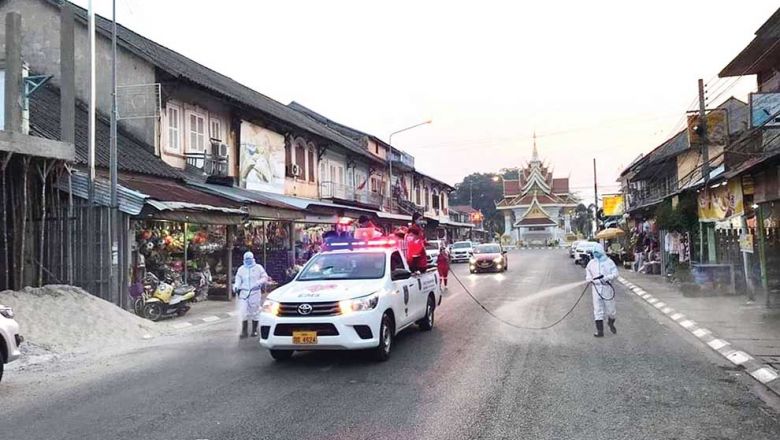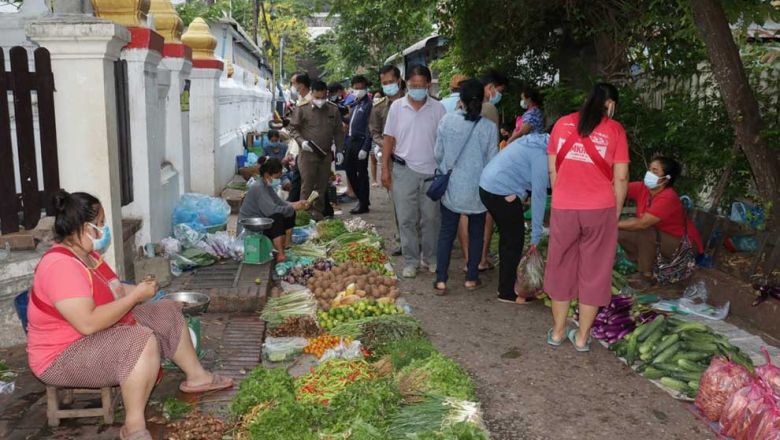Service sector slows but industry grows rapidly
Service sector slows but industry grows rapidly
Although growth in the service sector slumped in 2016, Laos is still on the right track towards becoming a modernised and industrialised nation.
The main reason for this assumption is that the industrial sector grew significantly while agriculture and the service sector declined.
According to a government report last week, the industrial sector grew at 12 percent last year above the target rate of 8.7 percent, representing 28.7 percent of Gross Domestic Product (GDP).
Growth was driven by hydropower projects and processing factories which have already been built and are now operational.
In addition, more investors set up factories in Special and Specific Economic Zones, helping to further drive economic growth.
A senior economist at the National Economic Research Institute, Dr Leeber Leebouapao, told Vientiane Times that over the past six years, the industrial sector had grown by 7-8 percent.
In 2005, industry represented only 21.4 percent of GDP, rising to 25.6 percent in 2010 and to 28.7 percent in 2016.
Unfortunately, the growth of the service sector was lower than anticipated. For a few years it grew by 8.5 or 9 percent, but in 2016 the growth rate dropped to just 4.6 percent, far lower than the target of 9 percent growth.
In 2005, the service sector represented 37.4 percent of GDP, rising to 39.2 percent in 2010 before declining to 42.4 percent in 2016.
Dr Leeber attributed the main reason for the decline to the global economic setback last year and a drop in the number of foreign visitors.
According to the Tourism Development Department of the Ministry of Information, Culture and Tourism, just over 4.23 million foreign tourists visited Laos in 2016 – a drop of 10 percent compared to 2015.
From 2011 to 2015, Laos reported an average annual growth in foreign tourist arrivals of 10.7 percent, with this being the first drop in tourist arrivals in five years.
“If the number of foreign visitors and the export of crops drops, I think transport services will also plummet,” Dr Leeber said.
Experts agree that Laos has huge potential to offer transit services since the country is centrally located within the region and borders major nations like China, Vietnam and Thailand.
Although paved roads connect Thailand to Vietnam and China via Laos, transit services did not grow as expected.
Economists say Laos needs to improve infrastructure and others facilities to boost the growth of business and further improve the investment climate to attract more foreign entrepreneurs.
In the meantime, the agriculture sector grew by just 2.7 percent, lower than the target of 3.1 percent.
In 2005, agriculture made up 34.9 percent of GDP, declining to 28.9 percent in 2010 and dropping further to 17.2 percent in 2016.
















